MARKET OVERVIEW
The global impulse ice-cream market represents a sub-segment of the frozen dessert market that will target products bought for on-the-spot consumption with no advance planning. The market will be based on single-serve ice creams like cones, sticks, cups, and novelty bars, usually stored in convenience stores, supermarkets, and roadside vendors. Compared to impulse or bulk-packaged ice cream, impulse products will be formulated to satisfy occasion whims, generally based on visual attractiveness, convenience, and taste assortment. Therefore, this market will be most dependent upon product appearance, instant availability, and creative packaging to entice customers in the point of purchase.
In terms of defining the global impulse ice-cream market, it will be essential to recognize that it will not merely be targeting a kind of food but also a particular buying behavior pattern. The products will satisfy those occasions when people reach out for them spontaneously, influenced by mood, weather, or a feeling of reward. The physical spots where these products will be available will play an essential role in determining demand. Ice cream freezers at the checkout counter, from mobile vendors to seasonal pop-up stalls will be the principal points of sale, and with that, these goodies will be just a stretch away when the urge arises.
The size of the global impulse ice-cream market will stretch far beyond flavor innovation. It will also cover brand positioning, cultural trends, and shifting consumer taste toward indulgence and premiumization. Packaging will not only be designed for freshness but also for mobility, so that the consumer can enjoy the product even while they are walking, commuting, or during leisure activities. In warm-weather regions where most of the year is characterized by such weather, this market will have high everyday presence, but in colder climates it will be more seasonal but will still have stand-out during the important occasions.
One of the defining features of the global impulse ice-cream market will be its novelty and seasonal introductions. Limited-release flavors, tie-ins with trendy brands, and highly photographed merchandise will be factors in generating interest. Advertising will frequently be very visual, based on high-color photography and in-store merchandising that will get consumers to make impulse purchases. Taste will still be crucial, but the thrill of finding something new will fuel a significant portion of purchases.
Distribution will move across both formal retail and informal channels. Ice cream vans, street vendors, and small independent stores will be equal in importance to large retail chains. Having numerous points of sale will ensure that the market is able to fit into various cultures, climates, and income levels, thus creating a global but locally nuanced presence.
In the end, the Global Impulse Ice-cream category will be more than a frozen dessert category; it will be a moment of indulgence that consumers will decide to indulge in without forethought. Its destiny will be determined by how effectively brands will anticipate such moments and position themselves to greet them with irresistible products that will turn a spontaneous craving into an on-the-spot buy.
Global impulse ice-cream market is estimated to reach $76,331.35 Million by 2032; growing at a CAGR of 3.2% from 2025 to 2032.
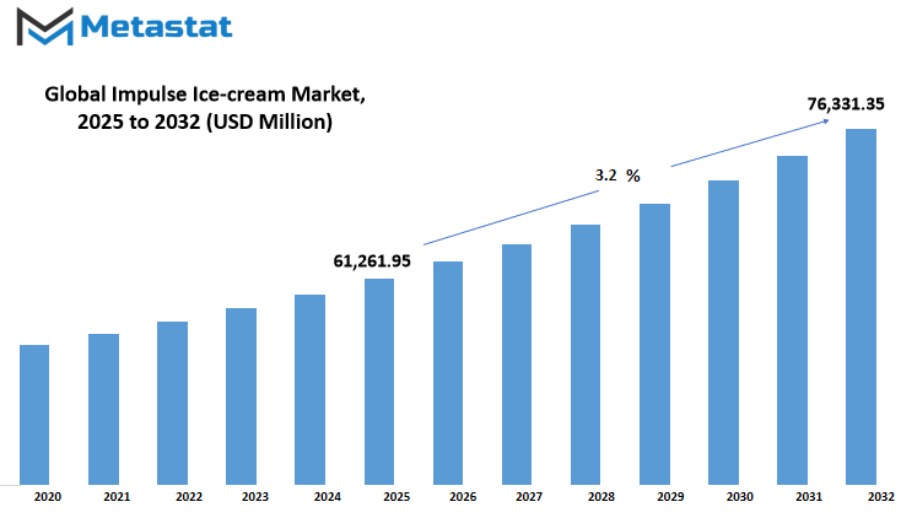
GROWTH FACTORS
The global impulse ice-cream market is expected to witness notable expansion in the years ahead as changing consumer habits and shifting lifestyle patterns create new opportunities. Urbanization continues to accelerate in many parts of the world, leading to more people adopting fast-paced, on-the-go routines. This shift is fueling demand for single-serve indulgent snacks that can be enjoyed conveniently without preparation. Ice cream, with its long-standing appeal, fits perfectly into this preference for quick treats, making it a popular choice among younger consumers and working professionals alike.
Retail channels are also playing a key role in boosting the market’s reach. The growth of supermarkets, fuel stations, and vending outlets has increased product visibility and accessibility. Consumers now encounter ice cream in more locations beyond traditional parlors, making it easier for impulse purchases to occur. This expansion of touchpoints is expected to keep driving sales momentum, especially in urban centers where convenience is highly valued.
However, the market still faces challenges that could affect its steady progress. Seasonal variations continue to be a limiting factor, as sales often peak during warmer months and dip during colder seasons. This fluctuation makes it harder for producers and retailers to maintain consistent revenue throughout the year. In addition, rising consumer awareness about health and nutrition is shaping purchasing decisions. Concerns over sugar content and the use of certain ingredients have prompted some buyers to limit their consumption or seek alternatives, which could slow growth if not addressed.
Looking toward the future, innovation will play a decisive role in overcoming these obstacles. Producers are exploring new product lines that align with changing dietary needs and preferences. Low-calorie formulations, plant-based alternatives, and exotic flavor combinations are gaining traction among health-conscious and adventurous consumers. These developments are not only expanding the market’s appeal but also helping brands differentiate themselves in a crowded competitive space.
Technological advances in production and storage are also expected to make a difference, enabling products to maintain quality over longer distribution routes and in diverse climates. This could help reduce the seasonal impact and allow brands to tap into regions where sales were previously limited. Moreover, marketing strategies that connect with younger audiences through digital channels and social platforms will likely strengthen customer engagement and encourage trial of innovative offerings.
Overall, while there are hurdles such as seasonal sales dips and growing health awareness, the global impulse ice-cream market has significant room for growth. By focusing on convenience, accessibility, and innovation, the industry is well-positioned to meet the demands of a changing consumer base in the coming years.
MARKET SEGMENTATION
By Sales Type
The global impulse ice-cream market is moving toward a future shaped by changing consumer habits, technological progress, and creative product offerings. This market, centered on quick purchases often driven by desire and convenience, is influenced by shifting lifestyles and new ways of buying. As people seek moments of instant enjoyment, ice creams that are easy to access and available in many flavors will keep growing in demand. The rise of urban living, along with busy schedules, means that consumers will continue to look for products they can buy quickly, either while they are out or through delivery options.
By Sales Type, the global impulse ice-cream market is further segmented into On Trade and Off-Trade. On Trade refers to sales made through restaurants, cafés, entertainment venues, and other locations where people often make spontaneous decisions to enjoy a treat. This segment is likely to see more partnerships between ice cream brands and dining establishments, offering exclusive flavors or seasonal options to attract customers. Off-Trade involves purchases made in supermarkets, convenience stores, and online platforms. With the growth of e-commerce, Off-Trade sales will increasingly rely on digital strategies, from targeted advertising to special online-only deals, making impulse buying possible even when consumers are at home.
Looking ahead, the global impulse ice-cream market will benefit from innovations in packaging and storage. Smaller, portable sizes that keep the product fresh and easy to carry will appeal to people on the go. At the same time, advancements in refrigeration technology will allow retailers to display products more attractively, encouraging last-minute purchases. Sustainable packaging will also gain attention, as more consumers choose products that align with their environmental values.
Flavor trends will continue to play a big role in the market’s growth. Alongside traditional favorites, unique flavor combinations inspired by global cuisines will attract adventurous buyers. Brands will also explore healthier alternatives, offering low-sugar, dairy-free, or protein-rich options to reach a wider audience without losing the indulgent experience. This blend of tradition and innovation will keep the market exciting and competitive.
In the future, both On Trade and Off-Trade channels will merge more closely with technology. Mobile apps, loyalty programs, and real-time promotions will encourage repeat purchases and build stronger connections between brands and customers. As lifestyles change and technology advances, the global impulse ice-cream market will keep evolving to meet the needs of a generation that values both convenience and enjoyment in every bite. This combination of innovation, accessibility, and consumer focus will define its growth in the years to come.
By Distribution Channel
The global impulse ice-cream market is expected to see steady growth in the coming years as changing lifestyles and evolving consumer habits shape the way people choose and enjoy frozen treats. Ice cream has always been a quick and enjoyable indulgence, but the way it reaches customers is transforming. By distribution channel, the market is divided into specialty stores, convenience stores, supermarkets and hypermarkets, online platforms, and food and drink specialists. Each of these channels plays a unique role in how consumers discover and purchase ice cream, and their importance will continue to shift in the future.
Specialty stores offer a curated experience, often focusing on premium or unique flavors that attract customers seeking something beyond the everyday. In the future, these stores are likely to use more personalized service, such as custom flavor creations or seasonal limited editions, to keep customers coming back. Convenience stores, on the other hand, will continue to thrive on accessibility. As urban living becomes faster-paced, quick-stop purchases will become even more important, with impulse buying remaining a strong driver in this channel.
Supermarkets and hypermarkets will still hold a significant share because they combine variety with affordability. With advances in freezer technology and product display, these spaces will become more engaging for customers. In the coming years, packaging innovations—such as eco-friendly materials or interactive labels—could make these products more appealing and encourage trial of new flavors.
The online channel is expected to grow rapidly. Digital ordering and home delivery will make it possible for customers to enjoy ice cream without leaving their homes, and subscription models could emerge to cater to those who want a regular supply of their favorites. As logistics improve and cold chain management becomes more efficient, the freshness and quality of delivered ice cream will match that of store-bought options.
Food and drink specialists will likely focus on pairing ice cream with other products, creating unique dining or dessert experiences. As food culture becomes more adventurous, collaborations between ice cream brands and other culinary creators could lead to exciting cross-category products.
Looking ahead, the global impulse ice-cream market will benefit from technology, sustainability efforts, and the rising demand for both indulgence and health-conscious options. With more plant-based and low-sugar variations becoming mainstream, and with distribution channels adapting to changing consumer behavior, the industry is set to remain a vibrant and competitive space. The balance between tradition and innovation will decide which brands stand out in this growing market.
|
Forecast Period |
2025-2032 |
|
Market Size in 2025 |
$61,261.95 million |
|
Market Size by 2032 |
$76,331.35 Million |
|
Growth Rate from 2025 to 2032 |
3.2% |
|
Base Year |
2024 |
|
Regions Covered |
North America, Europe, Asia-Pacific Green, South America, Middle East & Africa |
REGIONAL ANALYSIS
The global impulse ice-cream market is poised for notable growth in the coming years, shaped by changing consumer habits, technological advancements, and expanding distribution networks. Each region brings its own influence to the market, creating a diverse landscape of demand and preferences. North America, which includes the U.S., Canada, and Mexico, is expected to maintain a steady pace due to strong brand presence and consumer willingness to try new flavors. The U.S. will likely remain the largest contributor in this region, driven by constant product innovation and marketing campaigns that appeal to younger audiences. Canada and Mexico are also anticipated to see growth, supported by urbanization and increasing access to premium ice-cream varieties.
In Europe, with key markets like the UK, Germany, France, and Italy, traditional flavors continue to be popular, but there is a growing appetite for healthier options and plant-based alternatives. The Rest of Europe will also play a part as smaller markets adopt global trends and international brands expand their presence. Retail strategies, such as personalized offerings and limited-time seasonal products, will likely help maintain consumer interest across this region.
Asia-Pacific, covering India, China, Japan, South Korea, and the Rest of Asia-Pacific, is set to become a major growth driver. Rising disposable incomes, population growth, and an expanding middle class are fueling demand. Countries like China and India present enormous potential due to their large populations and shifting lifestyles, where convenience and on-the-go snacks are increasingly valued. Japan and South Korea may focus more on niche and premium products, appealing to consumers seeking novelty and quality.
South America, with Brazil, Argentina, and other countries in the region, is expected to benefit from increasing urbanization and the influence of international brands. Brazil’s large market size and preference for sweet treats will likely lead the region, while Argentina and other countries may see steady demand supported by local adaptations of global flavors.
In the Middle East & Africa, including GCC Countries, Egypt, South Africa, and the Rest of the region, the market will be shaped by a mix of modern retail expansion and cultural preferences for certain flavors. Warmer climates naturally support ice-cream sales, and as incomes rise, premium and impulse categories are expected to gain traction.
Looking ahead, the global impulse ice-cream market will be shaped by a balance of tradition and innovation. As technology advances in production and distribution, and as consumer expectations shift toward both indulgence and health-consciousness, the market will continue to grow across all regions, with each area adding its own flavor to the future of this industry.
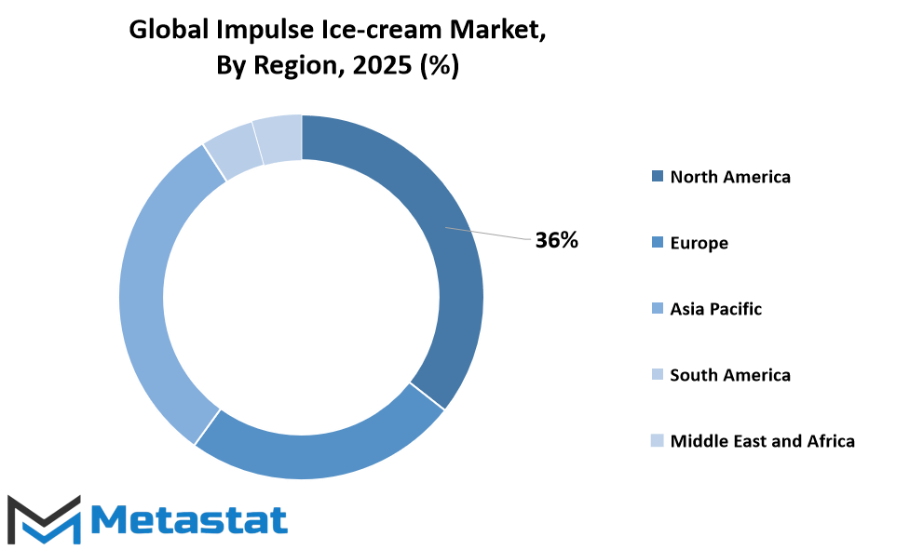
COMPETITIVE PLAYERS
The global impulse ice-cream market is expected to grow steadily in the coming years, driven by shifting consumer lifestyles, the rise of convenience-based food choices, and ongoing product innovation. Impulse ice creams, often bought on the spot rather than planned, continue to attract a wide range of customers, from children to adults looking for a quick indulgence. As urbanization increases and disposable incomes rise, more people are willing to try premium flavors, unique textures, and novel packaging. This change is pushing companies to invest in both product variety and better distribution systems, ensuring availability in supermarkets, corner shops, and even through online delivery platforms.
Competitive players are shaping the future of the global impulse ice-cream market with constant improvements in taste, quality, and marketing strategies. Unilever remains a strong force with its wide portfolio and recognizable brands across different regions. Froneri International Ltd., known for its global reach and diverse offerings, continues to expand into emerging markets. Mars, Incorporated, with its confectionery expertise, blends chocolate-based treats into frozen formats, appealing to loyal customers. Ferrero Group’s entry into frozen desserts reflects its commitment to brand expansion beyond chocolates, while Meiji Co., Ltd. brings a mix of traditional and modern flavors from its stronghold in the Asian market.
Other notable names are making strategic moves to strengthen their positions. Blue Bunny, operated by Wells Enterprises, focuses on fun and approachable products that connect well with families. Breyers maintains its reputation for quality and natural ingredients, appealing to health-conscious buyers. Tip Top, under Fonterra, uses its dairy expertise to deliver creamy textures and fresh taste experiences. Kwality Wall’s continues to dominate in South Asian markets through a blend of affordability and innovative products, while Peters Ice Cream keeps a firm grip on the Australian market. In North America, La Michoacana draws on cultural traditions to offer unique fruit-based and dairy treats, and Melting Moments stands out with its handcrafted approach, targeting niche segments seeking artisanal quality.
Looking ahead, the global impulse ice-cream market will likely see greater use of sustainable packaging, plant-based alternatives, and functional ingredients such as probiotics or added vitamins. Technology may also play a larger role, with AI-driven demand forecasting helping companies manage stock levels and reduce waste. As climate awareness grows, brands that focus on eco-friendly practices may gain a competitive advantage. The market’s future will be shaped not only by taste and affordability but also by how well companies adapt to changing consumer values, blending tradition with forward-thinking innovations to keep impulse ice creams a preferred choice worldwide.
Impulse Ice-cream Market Key Segments:
By Sales Type
- On Trade
- Off-Trade
By Distribution Channel
- Specialty Stores
- Convenience Stores
- Supermarkets/Hypermarkets
- Online
- Food and Drink Specialists
Key Global Impulse Ice-cream Industry Players
- Unilever
- Froneri International Ltd.
- Mars, Incorporated
- Ferrero Group
- Meiji Co., Ltd.
- Blue Bunny (Wells Enterprises)
- Breyers
- Tip Top (Fonterra)
- Kwality Wall’s
- Peters Ice Cream
- La Michoacana
- Melting Moments
WHAT REPORT PROVIDES
- Full in-depth analysis of the parent Industry
- Important changes in market and its dynamics
- Segmentation details of the market
- Former, on-going, and projected market analysis in terms of volume and value
- Assessment of niche industry developments
- Market share analysis
- Key strategies of major players
- Emerging segments and regional growth potential




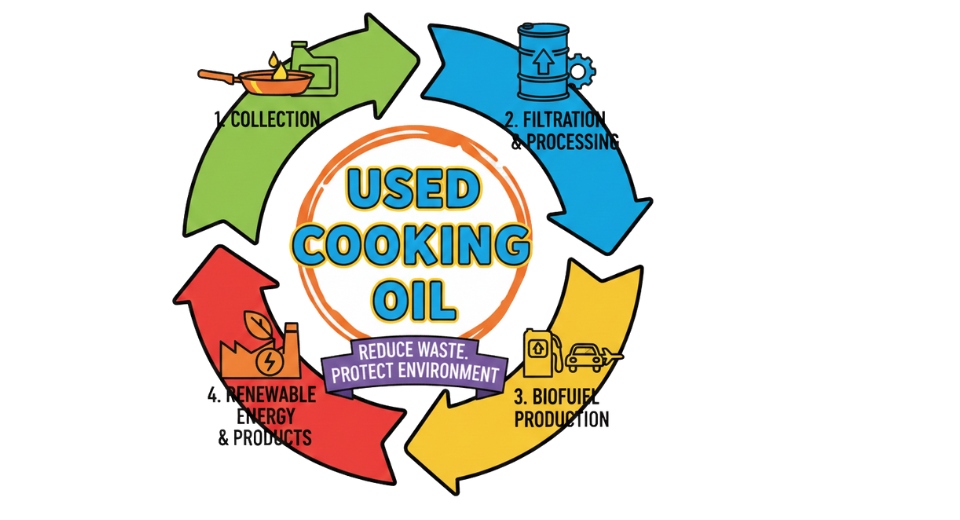
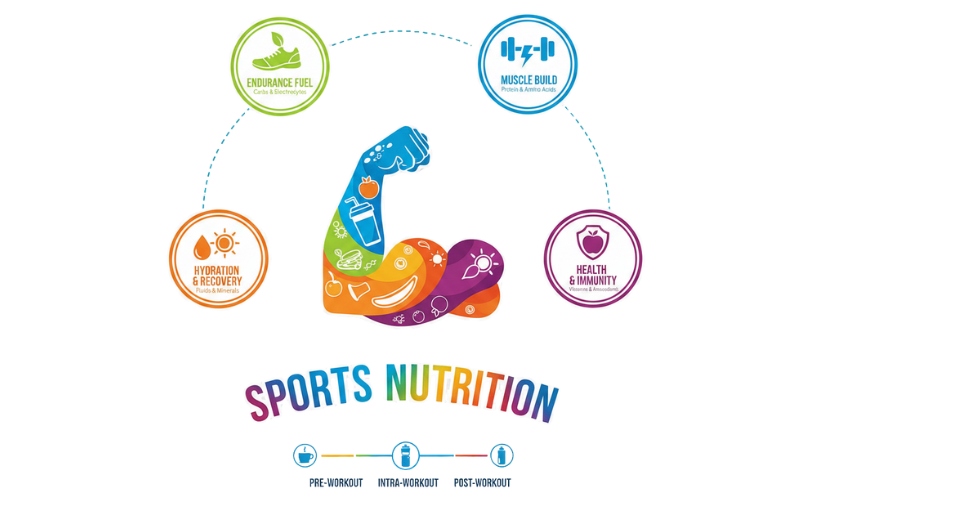
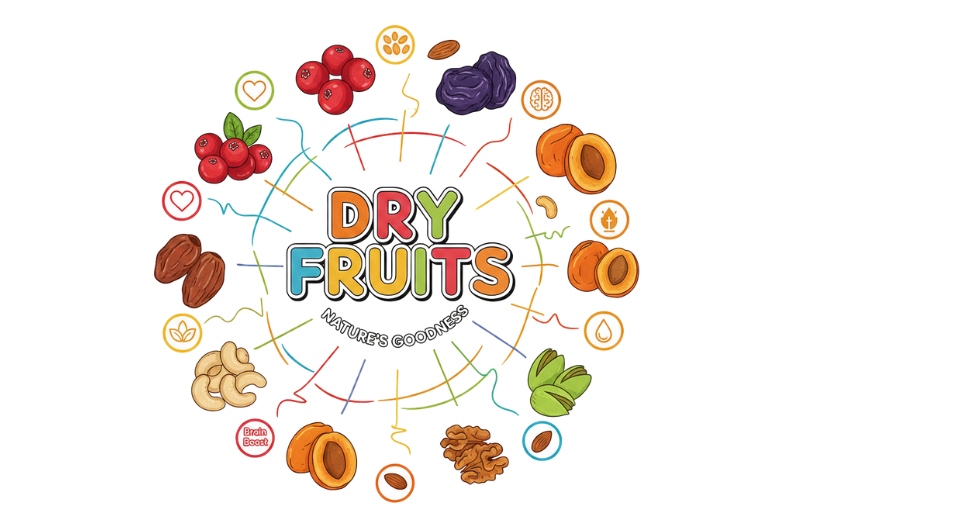

 US: +1 3023308252
US: +1 3023308252






